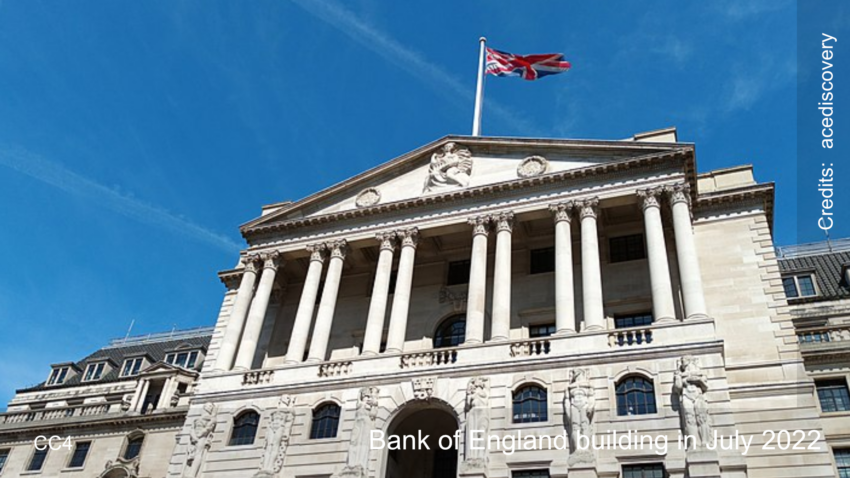Reporting from BBC News indicated that the Bank of England’s base rate influences lending and savings rates across the country. When inflation spikes, the bank typically raises rates to curb spending and reduce demand. The current rate cut comes as inflation fell significantly from a peak of 11.1% in October 2022 to 1.7% by September 2024. This decline suggests a slowing pace of price increases compared to previous years.
The Bank of England balances maintaining economic health with controlling inflation. Predicting future interest rate trends proves challenging as they depend on inflation consistently staying below target levels. The October Budget introduced by Chancellor Rachel Reeves added complexity to rate forecasts by planning substantial borrowing and spending. This has led financial markets and the Bank to anticipate a slower pace of rate cuts.
Interest rates directly affect mortgage rates in the UK, impacting nearly a third of households. Approximately 600,000 homeowners have mortgages that track the Bank’s rate, resulting in immediate changes to monthly payments. However, most mortgage holders have fixed-rate deals, so they won’t see immediate effects. Yet, new deals may reflect the base rate cut, albeit influenced by broader market conditions.
Credit card and loan rates also correlate with the Bank of England’s decisions. While lenders may lower their rates in response, changes typically occur slowly. Savers, on the other hand, might see reduced returns due to falling base rates. The average rate for an easy-access savings account stands at around 3% per year.
The UK boasts one of the highest interest rates among G7 countries. The European Central Bank and the US Federal Reserve have also lowered rates recently, signaling a global trend of easing monetary policy. These international cuts could influence future decisions by the Bank of England, particularly given global economic uncertainties.

